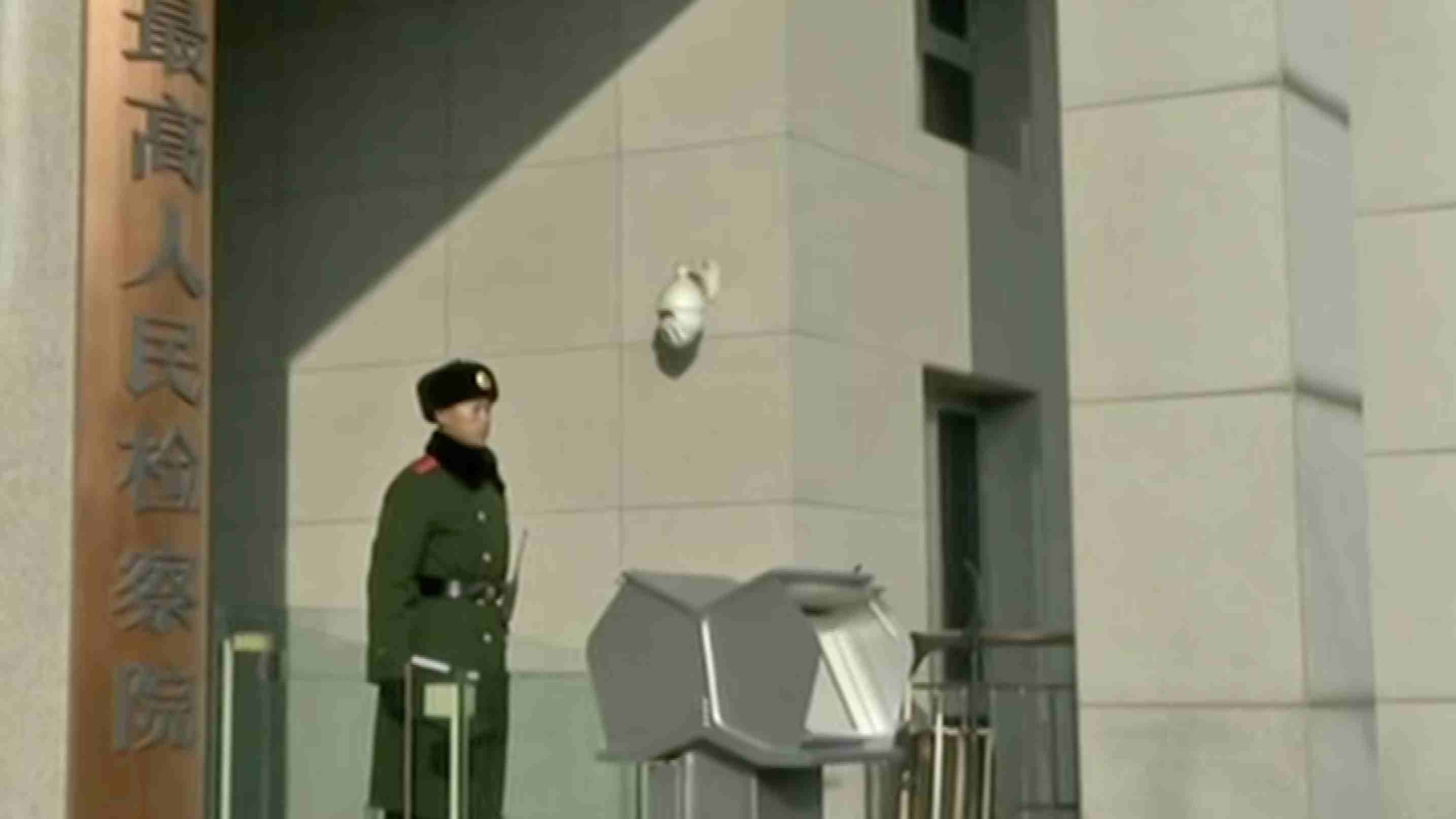
Domestic
15:29, 12-Mar-2019
A look at China's judicial system
Yang Zhao and Shang Jianglong
01:27

How does China's judiciary actually work? Below is a brief explainer on the system's main components.
China's judicial system is made up of many sub-systems. But the most frequently mentioned parts are the people's court system, the people's procuratorate system, and the public security system.
The people's courts are judicial organs exercising judicial power on behalf of the state. Organizationally, this court system consists of local courts, special courts and the Supreme Court, with the first two subject to the supervision of the latter.
Local courts exist at various levels, while special courts are set up where necessary. In addition to supervision, the Supreme People's Court, the top judicial organ, has the power to approve death penalty cases, and issue judicial interpretations on how to apply laws and writs.
China's people's procuratorates are "the state organ for legal supervision." They are elected by and report to the National People's Congress. Like the court system, procuratorates are set up at the supreme and local levels. But the country's prosecution system has a top-down structure, in which higher level procuratorates direct the work of those at lower levels. This is noticeably different from the court system in which the higher court supervises the lower court. They handle criminal cases, civil cases and administrative cases.
Public security authorities are an important part of the government, too. They are both an administrative arm and a judicial organ since they are in charge of investigations, evidence gathering and arrests.

SITEMAP
Copyright © 2018 CGTN. Beijing ICP prepared NO.16065310-3
Copyright © 2018 CGTN. Beijing ICP prepared NO.16065310-3